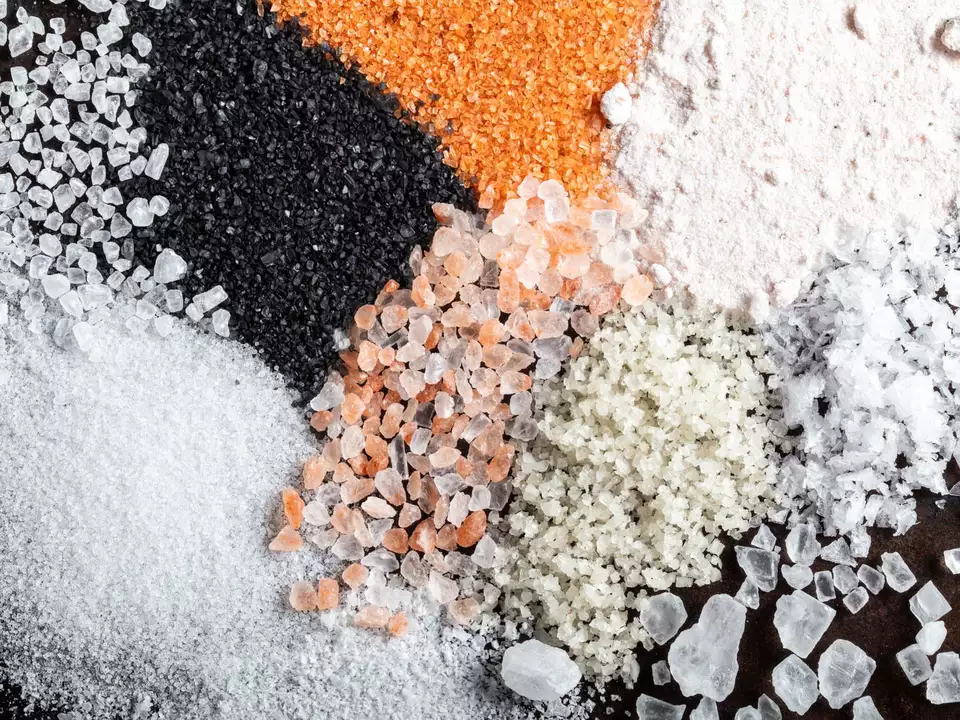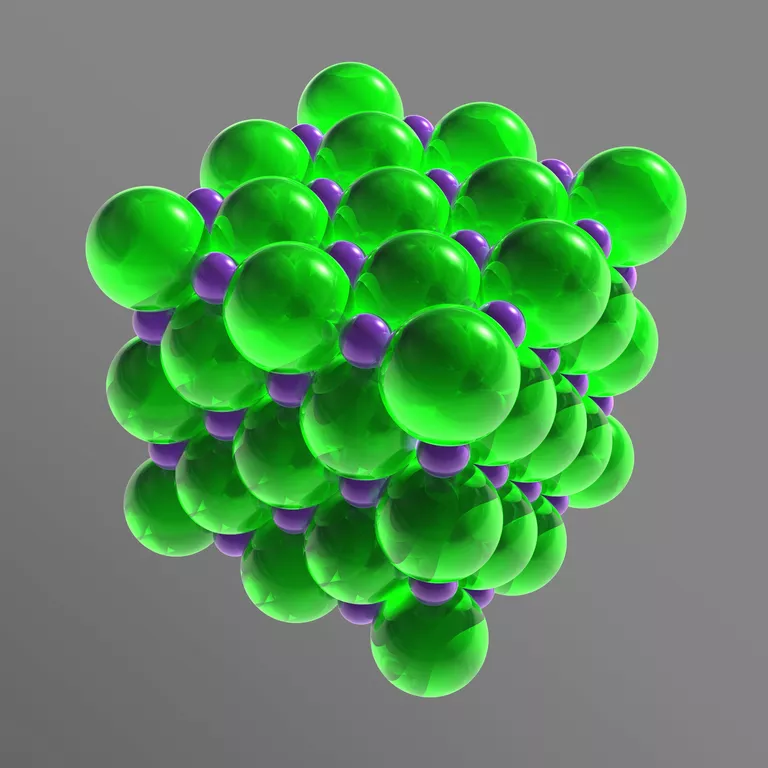A brief overview of salt

Salt has been used since ancient times for various medicinal purposes. It was used to alleviate respiratory problems, to treat wounds and prevent infection, to loosen tough stool and to improve appetite. In the 1800s, salt became known as “salt water” after a scientist suggested that adding it to food can make it more digestible. Today, most people prefer salty foods and consider salt an important component of a healthy diet.
There are several non-dietary uses of salt. For example, Pink salt (salt suspended in a non-iodized salt solution) is sometimes recommended as a pre-workout snack by professional athletes. It’s absorbed very quickly by the body and enhances energy levels. Pink salt contains no fat and contains no calories.
Salt is used to season many foods, especially meats. The typical seasoning mixes like salt, hot pepper, salt and oregano are made from sodium chloride, which is absorbed by the human body rapidly and enhances the flavor of foods.

Bases like sodium chloride and potassium chloride combine to form salt. The commonest source of salt is seawater. It consists of mostly chloride ions (chloride) and phosphates (potassium chloride). Salt is used to remove air particles, to neutralize tastes in foods, to add color to food products and to make sour foods less sour. Salt is also added to many cosmetics because it makes the skin softer and more supple. It has long been known that c-h bonds inhibit growth of bacteria, and this is one of the reasons why table salt is added to meat and poultry products.
Regular table salt has many negative effects on the body. This includes excess sodium in your system, which causes an increase in blood pressure and heart disease. In addition, high sodium chloride intake can cause gastrointestinal problems like diarrhea and constipation. It can also damage cells in the kidneys, resulting in kidney stones and other kidney related diseases. Even if you don’t get kidney diseases as a result of high salt intake, the damage it can cause on your arteries can lead to heart attacks and strokes.
High salt intake may also result in increased fluid retention, especially if you drink red wine or hard liquor. It can reduce the effects of medication and reduce the effectiveness of diuretics like hydrochlorothiazide and thiazides. When combined with alcohol, it can result in hyperventilation, which is another factor that increases the risk of cardiovascular diseases. The combination of all these negative effects of NaCl is not good for your health.
If you want to live a healthier life, it’s better to follow the American Heart Association’s dietary guidelines than to rely on NaCl. However, even if you follow the recommended diet, you should still monitor your blood pressure and heart rate closely and increase your water consumption gradually. For your information, it has been established that the consumption of NaCl from salt caves is not dangerous. However, prolonged exposure to high levels of this chemical can be unhealthy, and there are many non-chemical related effects that may lead to undesirable results in your blood chemistry.

 The Wellness System
The Wellness System